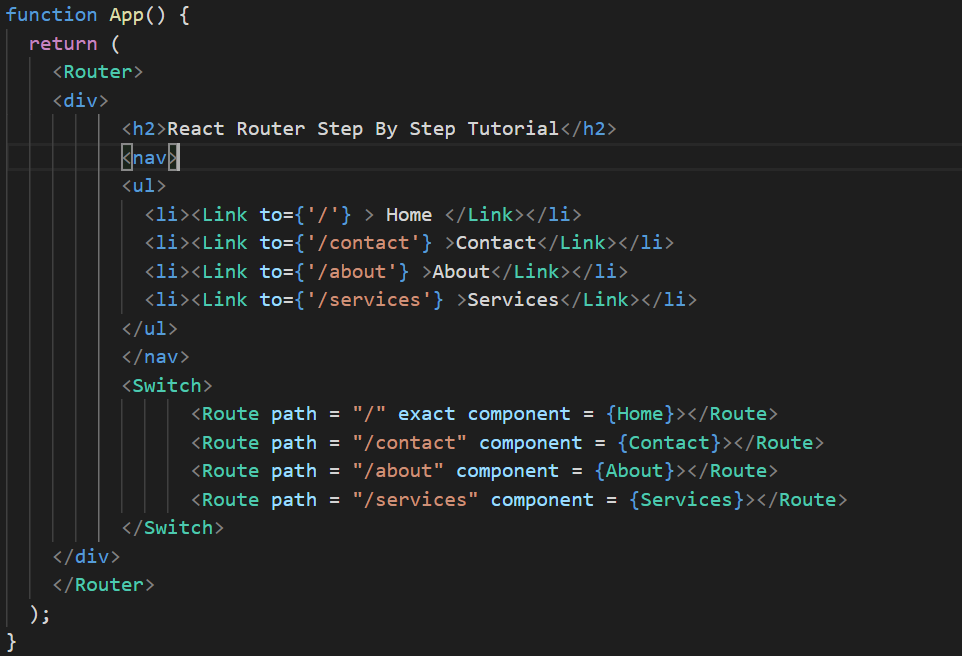


If not, it is remembered from the prior render and merely … umm … placed. Creation of Dynamic Web Applications Creating dynamic web applications requires a lot of complex coding. In this example code, the memoized component will only be re-rendered if prop1 changes. Here are the most important applications of ReactJS you will learn in this ReactJS tutorial: 1. Here’s how to create a context variable called ThemeCtx and give it a value: export const ThemeCtx = createContext(“”) export function App() Any component beneath that can ‘reach up’ and grab that data. UseContext essentially creates a global variable whose value you set up high in hierarchy. We do it when we need to send data from a component to its grandchildren or great grandchildren or even lower. It’s a bad practice. You can avoid it with the useContext hook. Prop drilling is when a component receives a prop from its parent and passes it down to a child. The second library, React-DOM, gives us access to some DOM-specific methods so that our application can work inside browsers. The first one is our core React library meant for building the user interface. The only thing that you need to do to get started is include the library in your webpage by adding the following script tags. React Best Practices #6 – Avoid prop drilling with useContext hook 1.We will create our first React app without the use of any fancy tools.


 0 kommentar(er)
0 kommentar(er)
